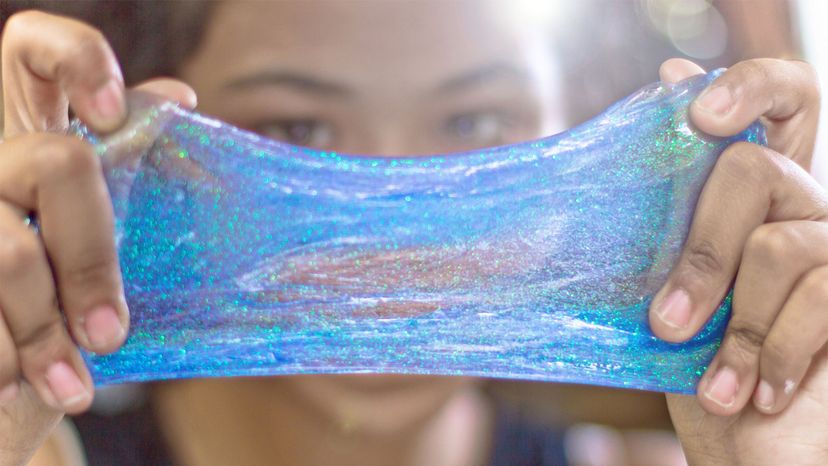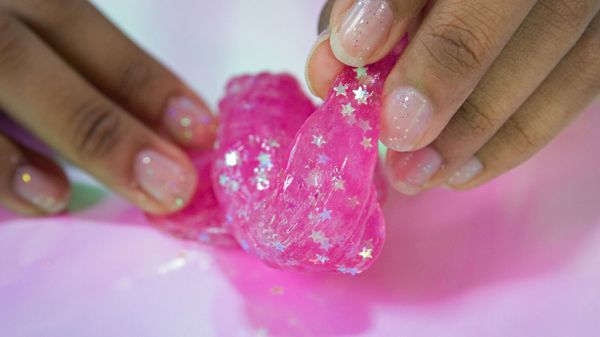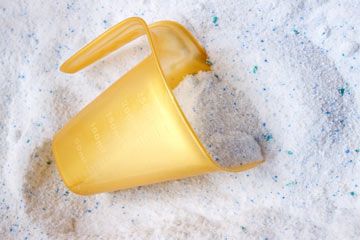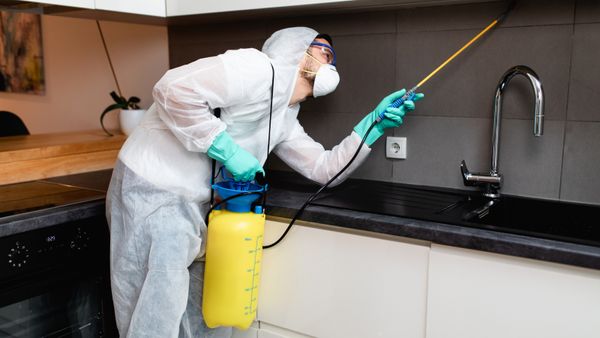Borax is a staple ingredient of traditional slime recipes. But there has been a backlash in recent years, with parents concerned that their children could be burned like the little girl mentioned at the beginning of this article.
"Borax ... can be toxic. In fact, it's sometimes used to kill pests such as ants," writes Megan Boyle on the Environmental Working Group website. "The health hazards of borax are particularly significant for children, so it's especially disturbing that in addition to cleaning products, it may be in some kids' toys, too." She adds that children making slime may mold it with their hands and then rub their eyes or put their fingers in their mouths, "potentially absorbing chemicals into their bodies."
The anti-borax slime publicity is particularly frustrating for Steve Spangler, an Emmy Award-winning television personality and STEM expert who hosts the nationally syndicated series "Xploration DIY Sci."
"The borax controversy was a great example of science illiteracy, especially when it comes to chemistry," he explains in an email interview. "Sodium tetraborate (borax) is perfectly safe when used as directed, and it's one of the only chemicals known to link together long chains of glue molecules to make the traditional glue-based slime.
"After unverified news articles were released in 2017 vilifying borax, leading glue manufacturers claimed to have a 'NON-BORAX' solution using contact lens solution in place of borax, which was believed to cause burns on children's hands," he says. Following the firestorm, however, Spangler posted a video exposing the fact that even contact lens solution contains borax. The video has received nearly 4.5 million views as of April 2019.
Poison control experts seem to concur with Spangler on borax's safety. In fact, it's boric acid that is usually used as a pesticide, not borax.
"I would not consider borax toxic when making homemade slime and following the instructions and with supervision. The last phrase is the caveat!" emails pharmacist Dr. Shireen Banerji, spokesperson for the American Association of Poison Control Centers and clinical manager of Rocky Mountain Poison & Drug Center (RMPDC). "If the powder is left unsupervised and accidentally swallowed, it could cause gastrointestinal distress, or more (depending on the amount). It can also further irritate preexisting abrasions/scratches on the skin," she says. "However, when it is used appropriately and directions are followed for slime recipes, and an adult is supervising, I would not consider it dangerous."
This is particularly key, as exposure time when mixing and manipulating slime plays a big role in skin irritations. Children, in particular, have thin skin, and are thus more likely to suffer an adverse reaction if left in contact with borax or anything else for a long period, which is what happened to the girl who was burned. Banerji notes that if gloves are recommended in a particular recipe, the guidance should be followed, and that if you handle borax with your bare hands, whether for slime or for laundry, you should rinse it off right away.



